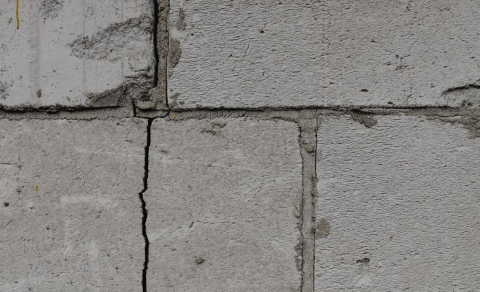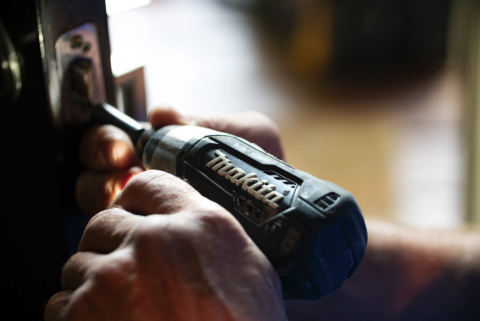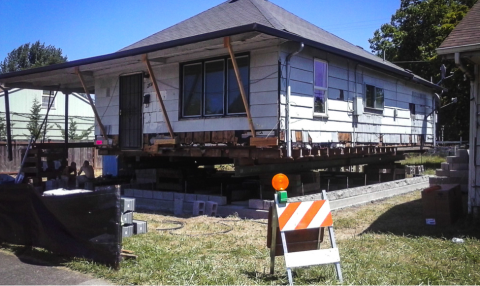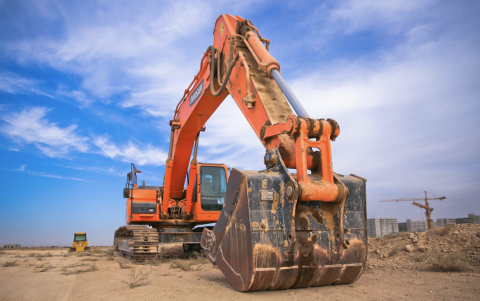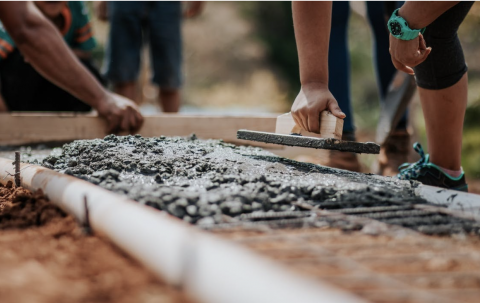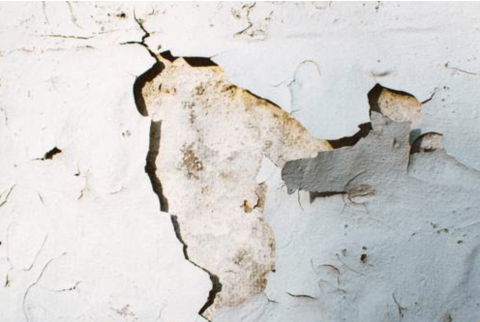Why are Horizontal Foundation Cracks More Dangerous Than Vertical Cracks?
Cracks in a foundation are among the earliest indicators that you may need foundation inspection or repair by a qualified professional. However, it’s important to recognize that not all cracks are the same; different types of cracks can indicate various underlying issues, and understanding the distinction between them is crucial for assessing the severity and urgency of the situation.
Types of Foundation Cracks
Foundation cracks generally fall into two main categories: vertical cracks and horizontal cracks. Each type is caused by different stresses on the foundation and often suggests different levels of structural risk. A foundation inspection can help determine the cause and recommend the appropriate action for each type of crack. Here’s a closer look at the differences:
Vertical Foundation Cracks
Vertical cracks in a foundation are typically caused by the natural settling of the structure, the curing process of concrete, or minor soil shifts beneath the foundation. While vertical cracks are generally less concerning than horizontal ones, they can still signal potential foundation issues if they are wide or actively growing. It’s essential to monitor these cracks, as the width and depth of the crack can help indicate whether the foundation is stable or if it may require attention. Foundation inspection specialists recommend keeping an eye on vertical cracks that are more than 1/4 inch wide, as these often indicate stress within the foundation.
One of the primary concerns with vertical cracks is their potential to allow water infiltration. Even minor vertical cracks can provide a pathway for water to seep into basements or crawl spaces, which can lead to moisture problems, mold growth, and additional structural risks over time. Addressing vertical cracks early, especially through professional foundation inspection and repair, can help prevent water damage and further foundation deterioration. Foundation repair professionals, with their expertise, can evaluate the crack and, if necessary, fill or seal it with epoxy or polyurethane injection to block water entry and stabilize the area, helping to prevent additional cracking.
Consistent monitoring changes in the crack’s width or depth is crucial for ongoing foundation health. If a vertical crack appears to be widening or is associated with other structural concerns—such as uneven floors (e.g., floors that slope or are not level), sticking doors or windows, or bowing walls—seeking a professional assessment is highly recommended. Additionally, ensuring proper water drainage around the foundation is an effective preventative measure. Poor drainage can exacerbate existing cracks or lead to new ones, as accumulated water increases soil pressure against the foundation. Properly managing water flow away from the foundation is vital in maintaining its integrity and preventing future damage.
Horizontal Foundation Cracks
Horizontal cracks are often more serious than vertical cracks, as they can indicate significant foundation issues or structural movement. Typically caused by lateral soil pressure, expansive soil, or water pressure against the foundation wall, horizontal cracks are frequently associated with bowing or bulging walls. A professional foundation inspection is essential to assess the severity of these cracks and determine the appropriate repair method.
Like vertical cracks, horizontal cracks pose a risk of water damage. Water seepage through these cracks can lead to moisture problems in the lower levels of the home, resulting in mold or mildew growth. Addressing horizontal cracks quickly can prevent further damage and additional repair costs.
A professional foundation inspection will evaluate the extent of damage and recommend the best repair solution. At Sure Safe, our team of experts understands the importance of cost-effective and long-lasting solutions. Our patented VR-1 system stabilizes foundations without the need for costly wall replacements, effectively addressing structural concerns and ensuring proper drainage around the foundation. With Sure Safe, you can feel secure and confident in your foundation’s health.
By identifying foundation cracks early and seeking a professional foundation inspection, homeowners can protect their property from further damage and avoid costly repairs down the road. Contact us today to schedule your foundation inspection!

